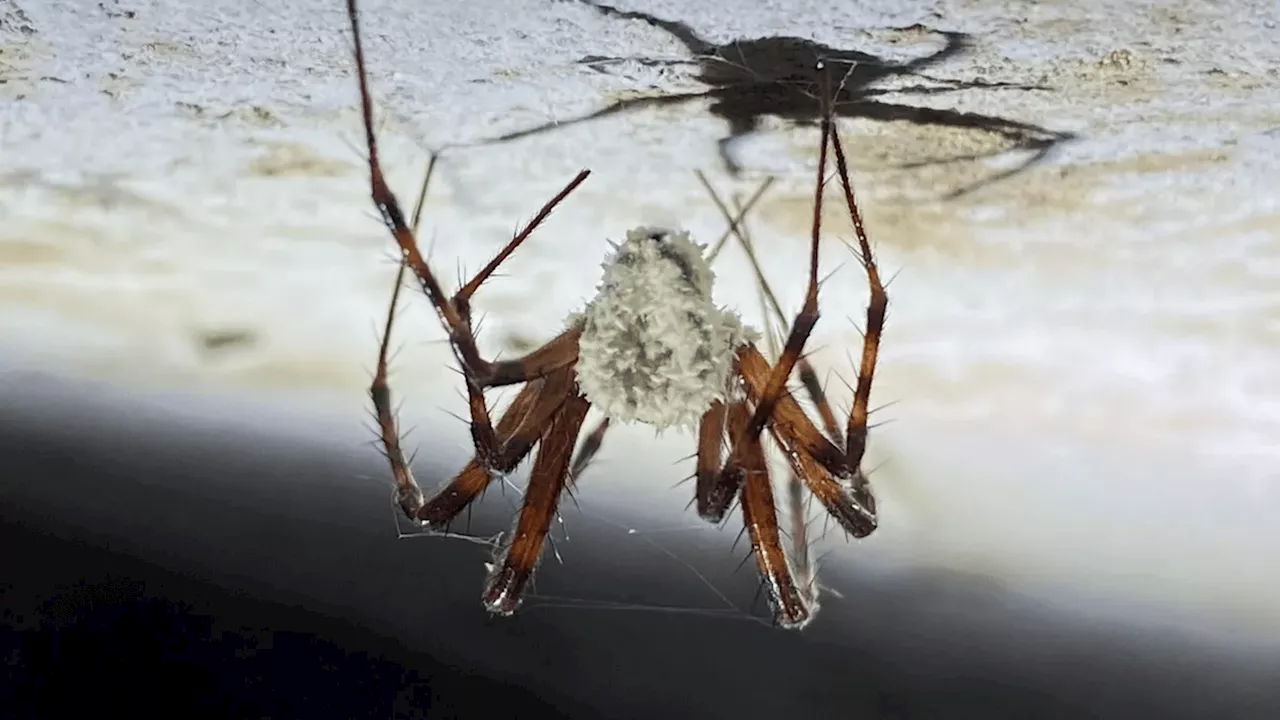Scientists have used holographic projections to bring unprecedented resolution to a light-based 3D printing technique. The method allows the fabrication of millimeter-scale objects within seconds using significantly less energy than previous approaches.
While traditional 3D printers work by depositing layers of material, tomographic volumetric additive manufacturing involves shining laser light at a rotating vial of resin until it hardens where accumulated energy exceeds a certain threshold. An advantage of TVAM is that it can produce objects in a matter of seconds, compared to around 10 minutes for layer-based 3D printing.
This small change has a big impact."All pixel inputs are contributing to the holographic image in all planes, which gives us more light efficiency as well as better spatial resolution in the final 3D object, as the projected patterns can be controlled in the projection depth," Moser summarizes.
"We are interested in using our approach to build 3D complex shapes of biological structures, allowing us to bio-print, for example, life-scale models of tissues or organs," says Alvarez-Castaño. "The holographic addition to TVAM technology sets the stage for the next generation of efficient, precise, and rapid volumetric additive manufacturing systems," he summarizes.A new method enables researchers to analyse magnetic nanostructures with a high resolution. The new method achieves a resolution of around 70 nanometers, whereas normal light microscopes have a ...
Quantum Physics 3-D Printing Energy And Resources Computer Graphics Virtual Reality Computer Modeling Mathematics
United States Latest News, United States Headlines
Similar News:You can also read news stories similar to this one that we have collected from other news sources.
 Tianjin University Invites Overseas Young Scientists for 2025 Excellent Young Scientists Fund ProgramThe National Natural Science Foundation of China (NSFC) Excellent Young Scientist Fund (Overseas) program, hosted by Tianjin University, seeks to attract outstanding young scholars from overseas to contribute to China's scientific and technological advancement.
Tianjin University Invites Overseas Young Scientists for 2025 Excellent Young Scientists Fund ProgramThe National Natural Science Foundation of China (NSFC) Excellent Young Scientist Fund (Overseas) program, hosted by Tianjin University, seeks to attract outstanding young scholars from overseas to contribute to China's scientific and technological advancement.
Read more »
 US scientists 3D print dark ceramics to boost hypersonic aircraft, weaponsThe PARI researchers are using the digital light processing (DLP) 3D printers at their Hypersonic Advanced Manufacturing Technology Center.
US scientists 3D print dark ceramics to boost hypersonic aircraft, weaponsThe PARI researchers are using the digital light processing (DLP) 3D printers at their Hypersonic Advanced Manufacturing Technology Center.
Read more »
 US scientists spot new class of quantum particles in world-first breakthroughIn a first, US researchers have observed fractional excitons, a new class of quantum particles, that were only theoretically known to exist so far.
US scientists spot new class of quantum particles in world-first breakthroughIn a first, US researchers have observed fractional excitons, a new class of quantum particles, that were only theoretically known to exist so far.
Read more »
 Mind-controlling fungus turns spiders into zombies at Irish castle ruinsScientists have discovered a new fungus, Gibellula attenboroughii, that turns reclusive Irish cave spiders into zombies.
Mind-controlling fungus turns spiders into zombies at Irish castle ruinsScientists have discovered a new fungus, Gibellula attenboroughii, that turns reclusive Irish cave spiders into zombies.
Read more »
 Scientists Assemble Final Chromosome in Synthetic Yeast, Marking Major Step Towards Creating Lab-Grown LifeResearchers at Macquarie University have successfully built the complete synthetic chromosome for a yeast organism, a milestone in the quest to create synthetic life in the lab. This achievement, the first of its kind for a eukaryotic genome, opens possibilities for developing disease-resistant foodstuffs and exploring applications in sustainable materials and medicine.
Scientists Assemble Final Chromosome in Synthetic Yeast, Marking Major Step Towards Creating Lab-Grown LifeResearchers at Macquarie University have successfully built the complete synthetic chromosome for a yeast organism, a milestone in the quest to create synthetic life in the lab. This achievement, the first of its kind for a eukaryotic genome, opens possibilities for developing disease-resistant foodstuffs and exploring applications in sustainable materials and medicine.
Read more »
 Scientists hope these tiny froglets can save their speciesLondon Zoo is celebrating the birth of 33 tiny endangered froglets after they traveled thousands of miles from the forests of southern Chile to London.
Scientists hope these tiny froglets can save their speciesLondon Zoo is celebrating the birth of 33 tiny endangered froglets after they traveled thousands of miles from the forests of southern Chile to London.
Read more »
